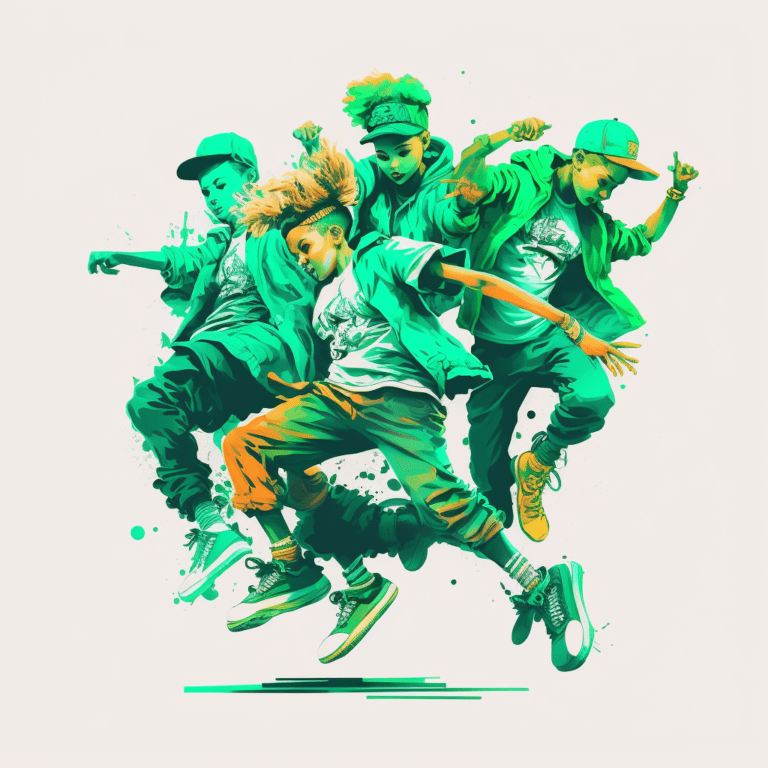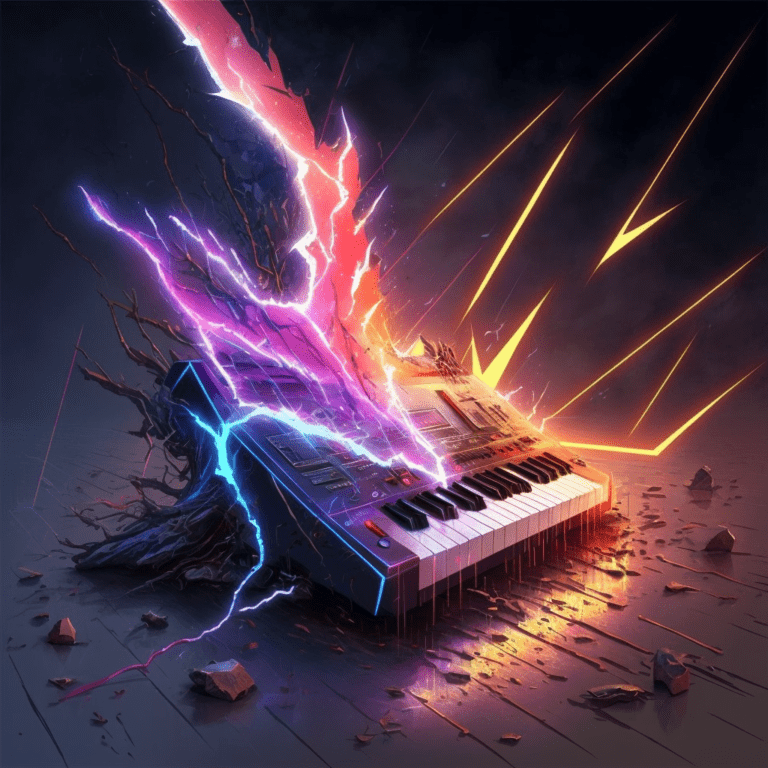Dithering
When music is converted from an analog format (like a live performance) to a digital one (such as an MP3 file), it is broken down into tiny pieces called “samples.” Each sample represents a small portion of the sound wave at a specific moment in time. The more samples taken per second, the better the sound quality, but it also means a larger file size. This is where dithering comes in to play.
Elaborating further, dithering is the process of adding a tiny amount of random noise to the audio signal before it gets converted to digital. This may sound counterintuitive at first – why add noise when the goal is to get a clean sound? The reason lies in the way digital systems handle low-level audio information.
Digital systems typically represent audio with a limited number of bits, like 16 bits for CDs or 24 bits for high-resolution audio. When converting analog audio to digital, the system rounds the samples to the nearest value that can be represented with the available bits. This rounding can introduce small errors called “quantization noise” which, over time, can degrade the audio quality.
By adding dither, a tiny bit of random noise, the rounding process becomes less predictable. This means that instead of always rounding down, the system can round up or down depending on the dithering noise. As a result, the quantization noise becomes more evenly distributed, reducing audible artifacts and preserving more of the original sound quality.
In the modern music production world, dithering remains an essential step when mastering tracks for CDs, streaming services, or other digital formats. Audio engineers use specialised dithering software to ensure that the final product sounds as close to the original recording as possible, even after various conversions and compressions.
In conclusion, dithering is a simple but crucial technique used in the world of digital audio to maintain the fidelity of music recordings. By adding a touch of random noise during the conversion process, dithering helps minimise quantization errors and ensures that the digital version stays true to the original.

So what’s this site all about anyway?
Well, if you ever find yourself needing music for anything – a YouTube video, a podcast, a school project, a presentation, TV commercial or even a film – then browse, preview and download any of our tracks





